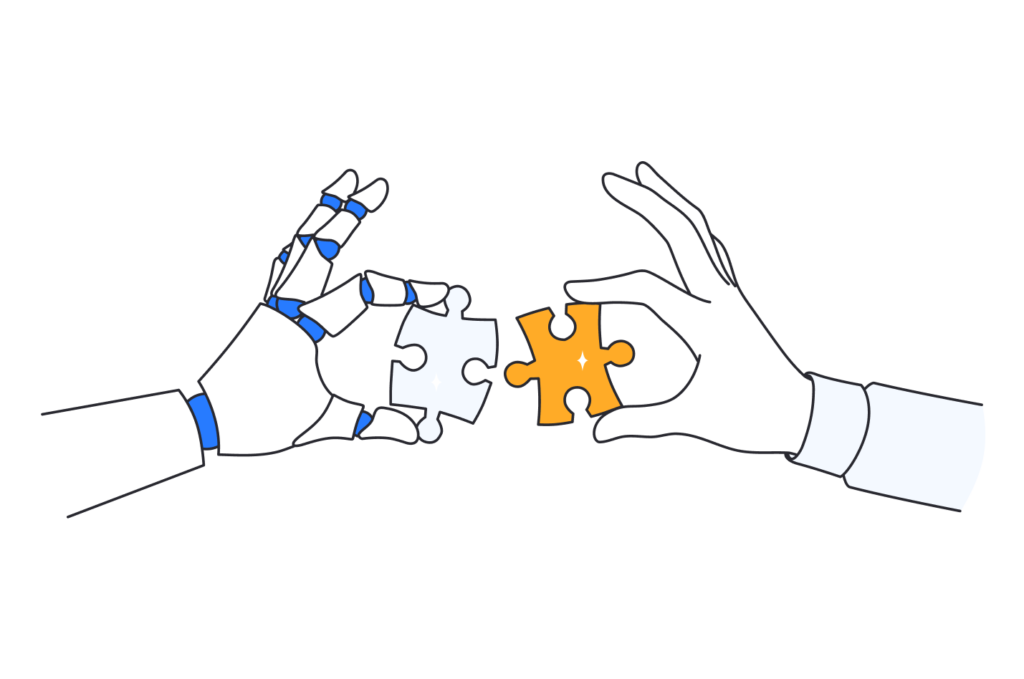Community-led growth, an innovative go-to-market strategy, harnesses the power of customer communities to drive business expansion by fostering authentic relationships and leveraging user expertise. This approach has been successfully implemented by companies like LinkedIn, HubSpot, and Hootsuite, and involves building dedicated teams and utilizing AI technologies to enhance engagement, retention, and product development.
Defining Community-Led Growth
Community-led growth is a strategy that places an engaged and loyal community at the centre of a business’s expansion efforts. Unlike traditional B2B marketing approaches, it leverages the power of customer interactions, shared experiences, and user-generated content to drive acquisition, retention, and product development.
The approach goes beyond simply having an audience, as it fosters active participation and mutual benefits for both the company and community members. By creating a sense of belonging and facilitating peer-to-peer interactions, businesses can tap into the natural human tendency to seek advice and recommendations from others, especially in purchasing decisions.
Community-led growth complements other strategies like product-led growth flywheel, offering a more holistic and customer-centric approach to business development that can increase brand loyalty, word-of-mouth marketing, and a valuable user feedback loop.
The Evolution from Traditional Methods to Community-Driven Strategies
The evolution from traditional B2B marketing methods to community-driven strategies represents a significant shift in how businesses approach growth and customer engagement. This transition has been driven by changing consumer preferences and the rise of digital community platforms, moving away from one-way communication to more interactive and participatory models.
Community-driven development (CDD) has emerged as a powerful approach, providing control of the development process, resources, and decision-making authority directly to community groups. This shift is evident in B2B marketing as well, where community-led growth strategies now place members at the centre, fostering authentic connections and leveraging user expertise to drive business expansion.
Unlike traditional methods that often rely on pre-packaged ideas, community-driven approaches emphasize flexibility and responsiveness to local demands, resulting in more inclusive and cost-effective outcomes. This evolution reflects a broader trend towards prioritizing genuine human connections in an increasingly AI-driven world, with community-led growth strategies addressing the “crisis of disconnection” by creating community spaces for meaningful interactions and shared experiences.
Community-Led Growth vs. Other Growth Strategies: A Comparative Analysis
Community-led growth (CLG) is a distinct community strategy that differs from other growth approaches in several key aspects. The following table compares CLG with other common growth strategies:
| Growth Strategy | Key Focus | Primary Driver |
|---|---|---|
| Community-Led Growth | Building relationships and fostering engagement | User community and interactions |
| Product-Led Growth | Self-serve product experience | Product features and usability |
| Sales-Led Growth | Annual recurring revenue | Sales team and outreach |
| Marketing-Led Growth | Brand awareness and lead generation | Marketing campaigns and content |
| Founder-Led Growth | Personal brand and networking | Founder’s reputation and connections |
Community-led growth stands out by placing the user community at the centre of the strategy, fostering deeper connections and loyalty.
Unlike product-led growth, which relies primarily on the product experience, CLG creates value beyond the product through educational resources, real-time support, and authentic content. This approach aligns with the shift in consumer behaviour, where younger generations value authenticity, shared values, and meaningful experiences with brands.
By leveraging community insights, CLG can drive sustainable growth, improve retention, and inform product development in ways that other strategies may not achieve as effectively.
The Pillars of Community-Led Growth
Community-led growth is built on several key pillars that form the foundation of a successful strategy. These pillars are essential for creating and nurturing a thriving community that drives business growth. Here are the main pillars of community-led growth:
Clear Vision and Mission
A successful community is built around a clear vision and mission that aligns with the values and goals of the business.
Engaging Content and Interactions
Communities thrive on providing valuable content and activities that foster a sense of belonging and connection among members, such as discussions, events, and interactive elements.
Sense of Belonging
Creating an environment where members feel they belong and are invested in the community is crucial for long-term engagement.
Authenticity and Transparency
Building trust and credibility among members requires maintaining an authentic and transparent approach in all community interactions.
Responsive Community Management
Effective and supportive community management is essential for maintaining engagement and addressing member needs promptly.
Content Strategy
Developing a content plan that aligns with the community’s purpose and goals helps foster connection and engagement among members.
Feedback Loop
Establishing mechanisms for gathering and implementing continuous feedback on a brand is vital for continuous improvement and innovation.
Active Listening
Paying attention to community members’ needs, concerns, and ideas is crucial for building strong relationships and driving growth.
Cross-Pollination of Ideas
Facilitating the exchange of ideas between prospective customers and the company creates a cycle of innovation and product improvement.
Measurement and Optimisation
Using analytics and metrics to measure community success and identify areas for improvement ensures ongoing growth and effectiveness.
By focusing on these pillars, businesses can create a strong foundation for community-led growth that drives engagement, retention, and overall business success.
Best Practices For Community-Led Growth
When putting together a community-led growth strategy, consider implementing these practical steps:
Define Your Community’s Identity and Mission
Establish a clear purpose and goals for your brand community. This foundational step helps create a cohesive environment where members can connect over shared interests or objectives. For example, your community’s mission could be to provide a platform for community professionals to exchange industry knowledge and best practices that are mutually beneficial.
Identify and Recruit Community Members
Start by targeting potential members who align with your community’s purpose. These early adopters are crucial in validating your community’s value proposition and setting the tone for future interactions. Reach out to existing customers, industry contacts, or community leaders and industry leaders who can contribute meaningfully to discussions.
Choose the Right Community Platform
Select a platform that suits your community’s needs and facilitates easy interaction among members. This could be a dedicated community software, a private social media group, or a custom-built solution. For instance, Salesforce created Trailhead, a dedicated platform for their community, while other brands use platforms like Slack or Facebook Groups.
Create an Engaging Onboarding Process
Design a community flywheel for new members to make a strong first impression. This could include a personalized welcome message, an introductory live broadcast, or a welcome kit with valuable resources. HubSpot, for example, provides new community members with access to exclusive content and networking opportunities.
Develop a Content and Engagement Plan
Create a strategy for regular, valuable content that encourages mutually beneficial member participation. This could include discussion topics, educational resources, Q&A sessions, or user-generated content initiatives. Ensure your content aligns with your community’s goals and addresses members’ interests and needs.
Foster Active Engagement
Encourage members to participate in discussions, share their experiences, and contribute their expertise. Respond promptly to comments and questions, and actively promote member-to-member interactions in their customer journey. This helps create a self-sustaining community where members feel valued and motivated to contribute.
Implement Segmentation Strategies
Segment your community based on member profiles, interests, or engagement levels. This allows you to deliver more targeted and relevant content, enhancing the overall community experience. For instance, you might create separate sub-groups for beginners and advanced users of your product.
Case Studies: Examples of Companies Excelling with Community-Led Growth Strategy
Community-led growth has proven to be a powerful strategy for many companies across various industries. Here are some notable case studies of organizations that have successfully implemented community-led approaches:
Peloton
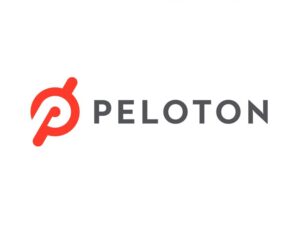
The fitness company built a strong community around its products, fostering engagement through live and on-demand classes, leaderboards, and social features. This community-centric approach has led to high customer retention rates and word-of-mouth content marketing.
Notion
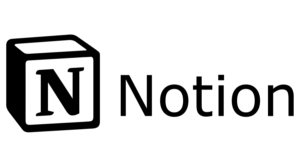
The productivity tool leveraged its community to drive growth by encouraging active users to share templates and workflows. This user-generated content not only enhanced the product’s value but also attracted new users through organic discovery.
Gong.io

The revenue intelligence platform created a community of sales professionals called “Gong Labs,” where members share best practices and insights. This community-driven approach has helped Gong.io establish thought leadership in the sales industry.
Duolingo
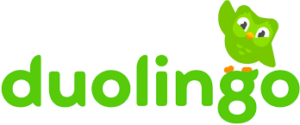
The language learning app built a community of learners and volunteer contributors who help create and improve course content. This community engagement has led to rapid expansion of language offerings and user growth.
Salesforce

The CRM giant created Trailhead, a learning platform and community for Salesforce users. This initiative has not only improved user adoption but also created a pool of skilled professionals, indirectly supporting the company’s growth.
HubSpot
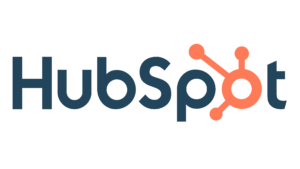
The marketing software company built a community of inbound marketing professionals through its academy, certification programs, and user groups. This community has become a significant driver that bolsters retention and customer acquisition.
The Role of Community Managers in Facilitating Growth
Community managers play a pivotal role in growing your community by fostering engagement, building relationships, and driving value for both the community and the organization. These professionals engage with the community to focus on creating authentic connections, encouraging participation, and aligning community efforts with business objectives.
Community managers are responsible for various tasks, including organizing events, facilitating discussions, onboarding new members, and gathering valuable feedback to inform product development and strategy. They also act as brand advocates and contributors for community members, ensuring their voices are heard within the organization and translating insights into actionable improvements.
By leveraging data-driven insights and fostering collaboration across teams, community managers contribute significantly to a company’s growth by enhancing customer satisfaction, loyalty, and brand advocacy. Their ability to build trust, promote inclusivity, and adapt strategies based on community needs makes them essential in driving sustainable, community-led growth initiatives.
5 Best Practices for Fostering Community Led Growth
Putting together a community-led growth strategy requires careful planning and execution to be successful. Here are five best practices for fostering community-led growth:
| Best Practice | Description |
|---|---|
| Define a Clear Value Proposition | Identify and communicate the unique value that will motivate people to join and actively participate in your community. |
| Choose Appropriate Platform | Select a platform that aligns with your community’s needs and facilitates easy interaction among members. |
| Encourage Active Involvement | Provide opportunities for community members to contribute their knowledge, share experiences, and participate in discussions. |
| Foster Authenticity and Trust | Create an environment of transparency and genuine connections to build trust and credibility among community members. |
| Leverage Community Insights | Use community feedback and data to inform product development, marketing strategies, and overall business decisions. |
By implementing these best practices, organizations can create thriving communities that drive sustainable growth, enhance customer loyalty, and provide valuable insights for continuous improvement. Remember that community-led growth is an ongoing process that requires consistent effort and adaptation to meet the evolving needs of your members and business objectives.
Conclusion: The Transformative Power of Community-Led Growth
Community-led growth has emerged as a transformative business strategy that harnesses the power of engaged user communities to drive sustainable business expansion.
By fostering authentic relationships, leveraging user expertise, and creating value beyond products, companies can build loyal customer bases and gain competitive advantages by knowing the importance of nurturing a community.
This approach aligns with shifting consumer expectations and enables and improves customer acquisition, where younger generations value authenticity, shared experiences, and meaningful brand interactions.
Community-led growth not only enhances customer acquisition and retention but also provides invaluable insights for product development and innovation. As businesses continue to adapt to changing market dynamics, embracing community-led strategies will be crucial for fixing their customer churn and those seeking long-term success and resilience in an increasingly connected world.
Book a Demo with Returning.AI for Community-Led Growth
Experience the future of community-building with Returning.AI! Our innovative platform is designed to empower brokerages and prop firms by fostering collaboration, engagement, and growth within your community while minimising customer churn.
By booking a demo, you’ll see firsthand how our tools and features can transform your business, enhancing both client satisfaction and operational efficiency. Discover the power of community-led growth and take your firm to new heights.
Ready to see the impact of community-led growth firsthand? Book a demo with us today and discover how our platform can revolutionize your brokerage or prop firm. Don’t miss out on unlocking your full potential!


